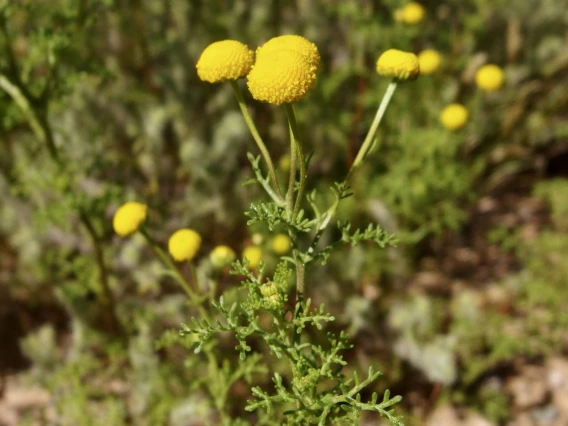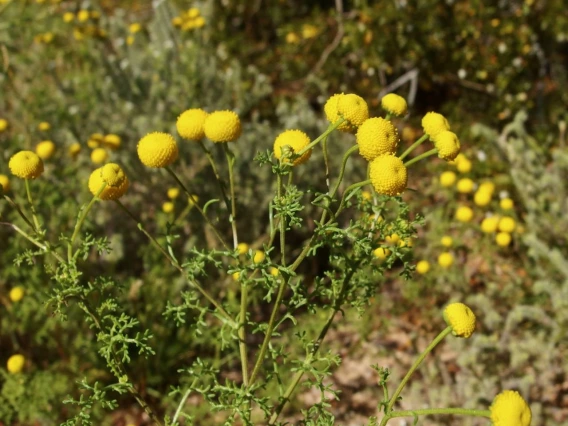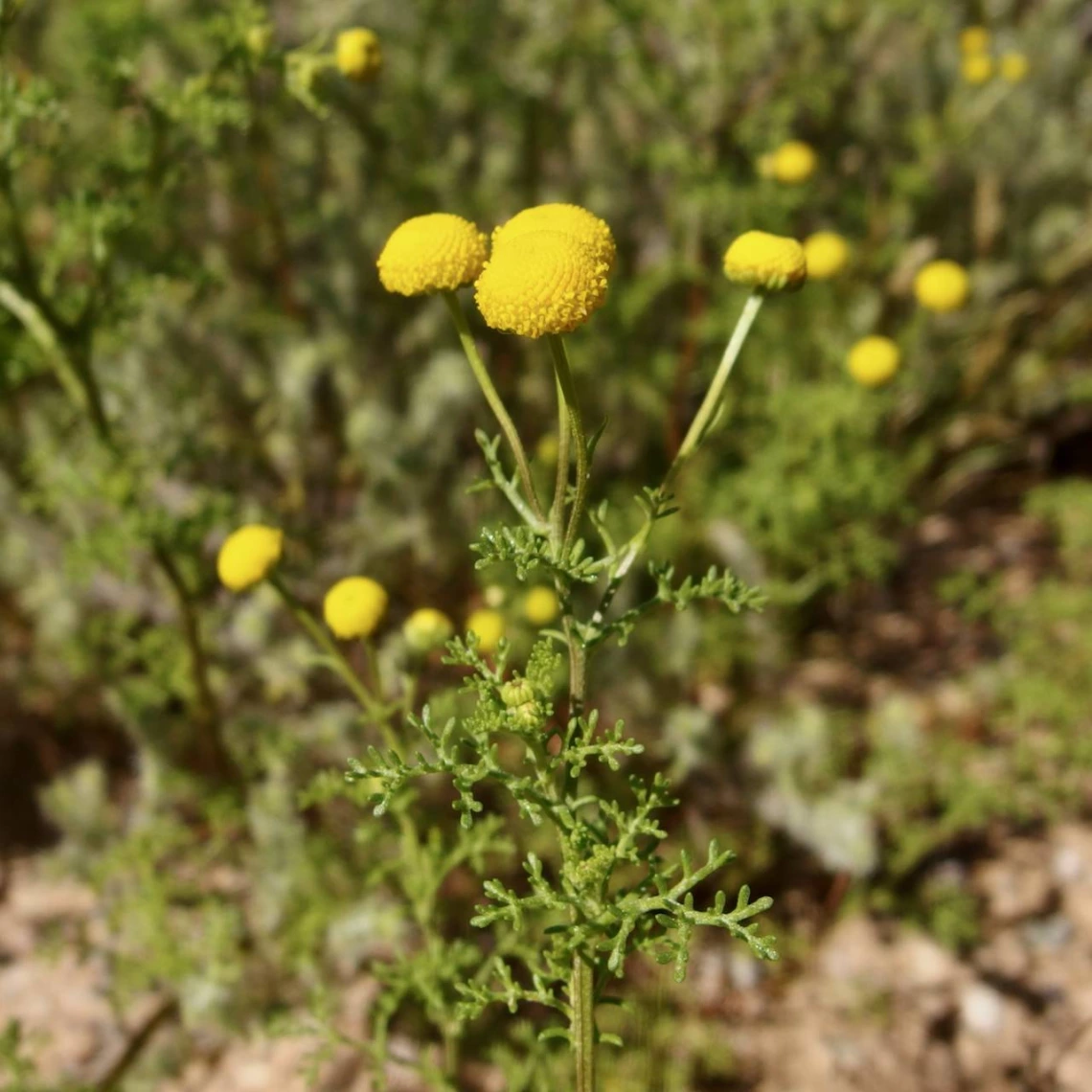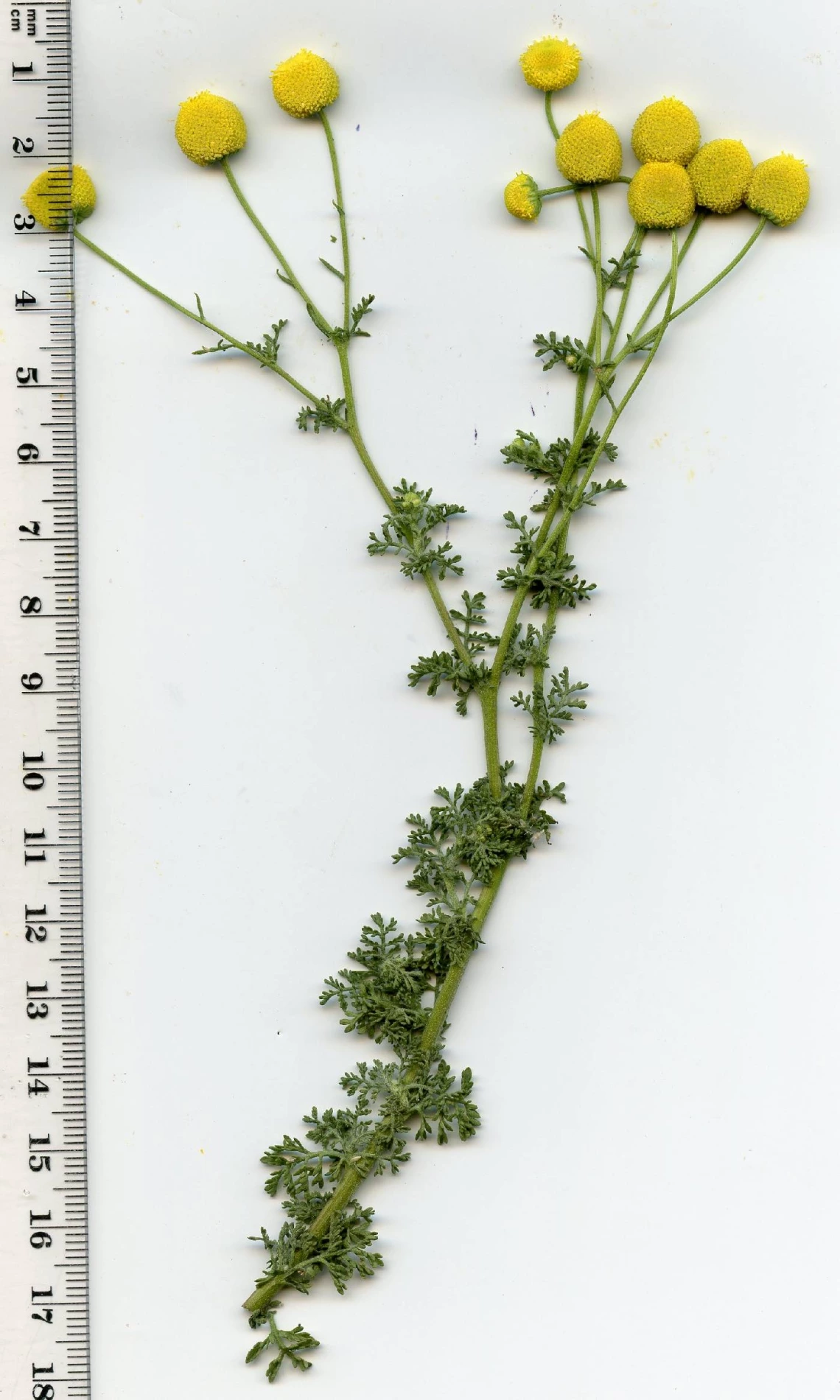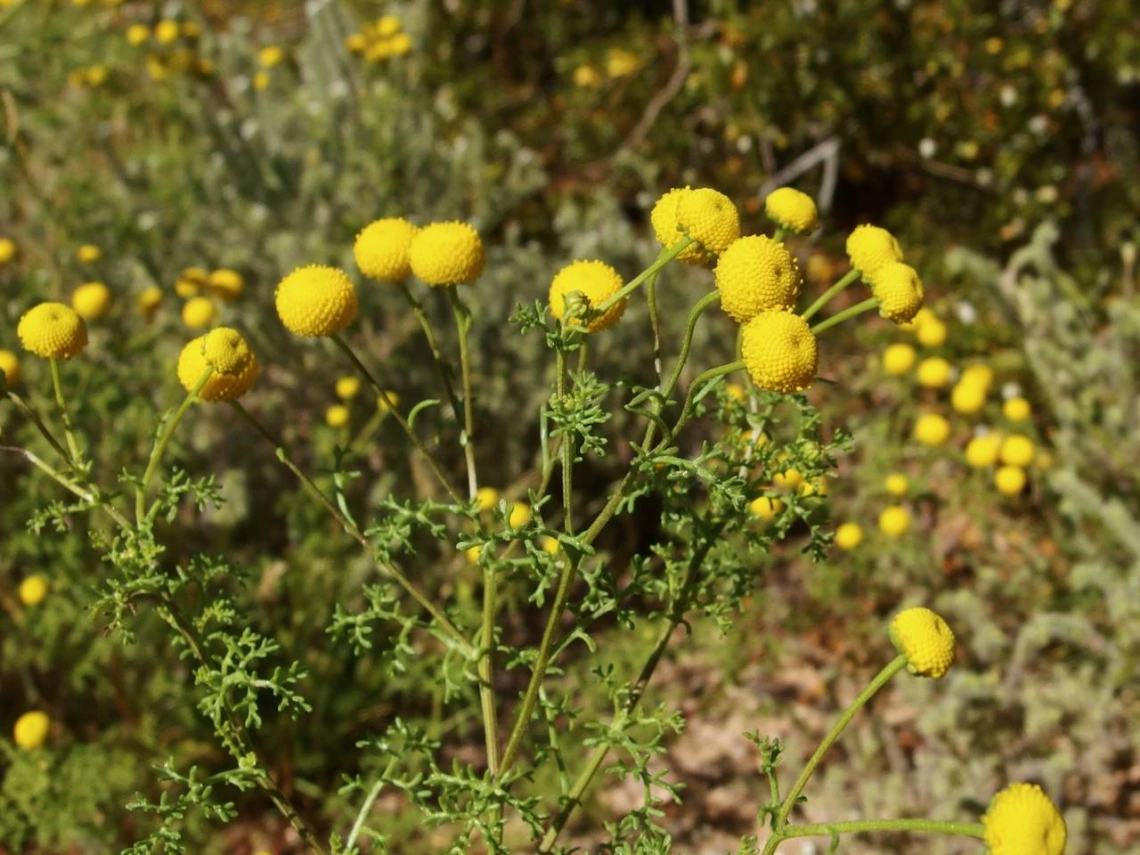Image
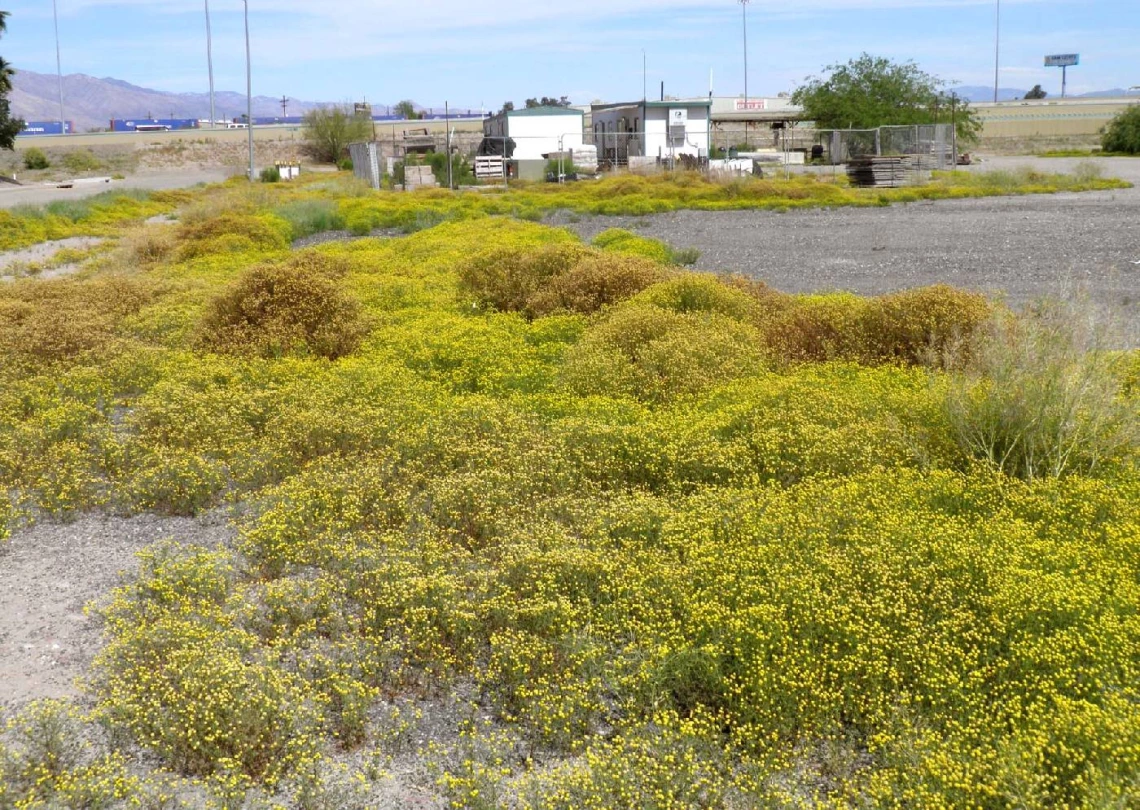
Thomas Van Devender
Common Name(s)
Stinknet
Globe chamomile
Scientific Name
Oncosiphon piluliferum
Family
Sunflower or Aster family (Asteraceae)
Reasons for concern
Stinknet grows quickly in dense patches that makes it difficult for native plants to germinate and grow. Stinknet pollen causes severe allergies. Dried plant material is highly flammable, which increases the frequency and intensity of fires with caustic smoke
Classification
Class B noxious weed, categorized as a species of plant that is known to occur, but of limited distribution in the State and may be a high priority pest for quarantine, control or mitigation if a significant threat to a crop, commodity, or habitat is known to exist.
Botanical description
Fast growing herb with a notable bad smell
Leaves
Dark green, highly lobed like carrot leaves alternate along the stem 1 ½ - 3 inches long
Stem(s)
1-5 stems or more from a central base, branching
Inflorescence
Bright yellow, spherical cluster of smaller flowers
Native to
South Africa
Where it grows
Disturbed areas, riparian environments, open fields, residential areas
Lifecycle
Annual
Reproduction
By seed
Weedy Characteristics
Stinknet is an extremely prolific grower when it has access to the right amount of water. Seeds can remain dormant for years.
Look-alike Plants
Buffalo bur (Solanum rostratum) can be distinguished by lighter leaves and open flowers with 5 fused petals.
Control Strategies
Manual removal is effective, but be cautious not to spread the seeds. The best way to do this is to immediately bag any individuals pulled from the ground. Herbicides like glyphosate with an added surfactant like methylated seed oil are effective if used before flowering. For all control strategies, repeat treatment is necessary.


